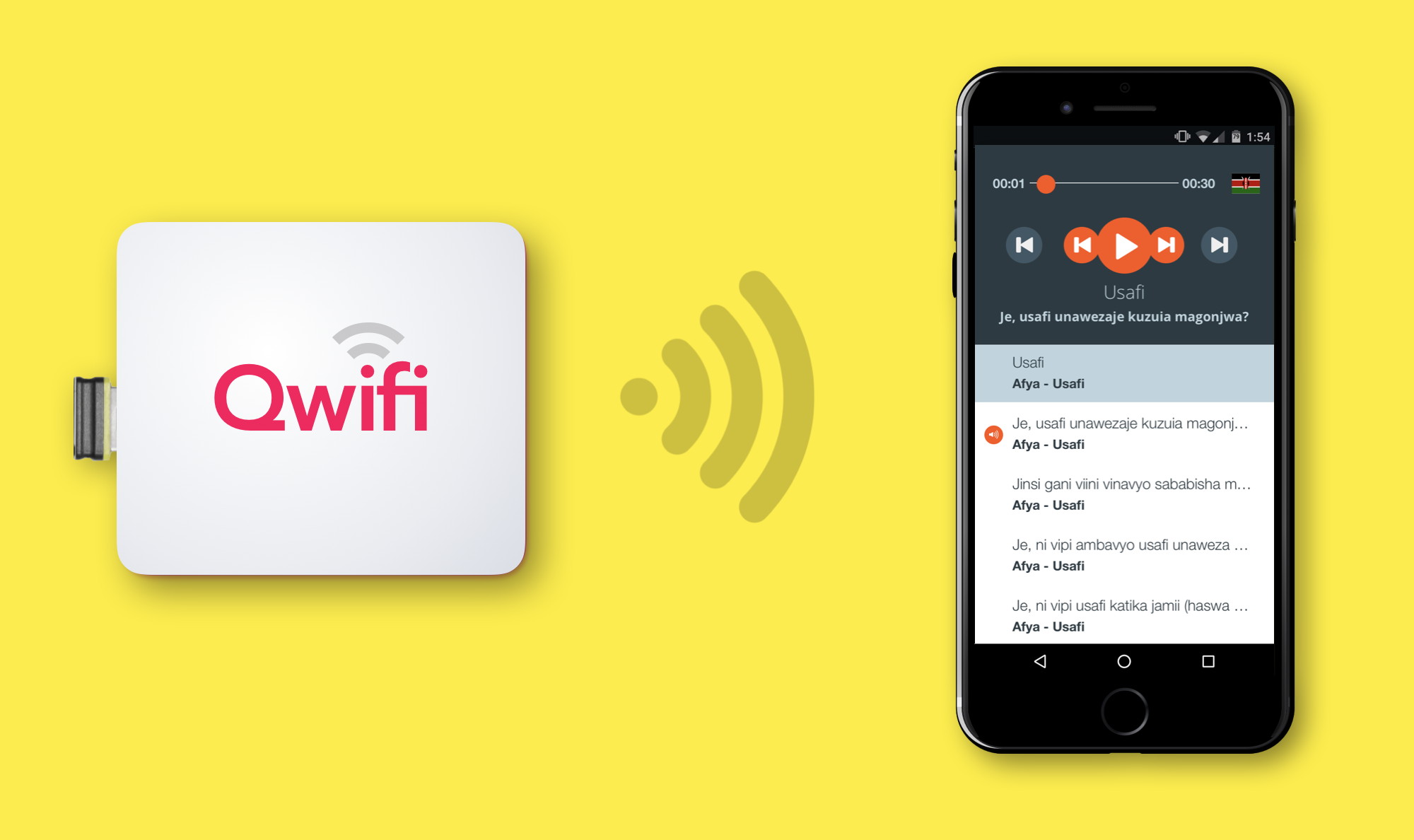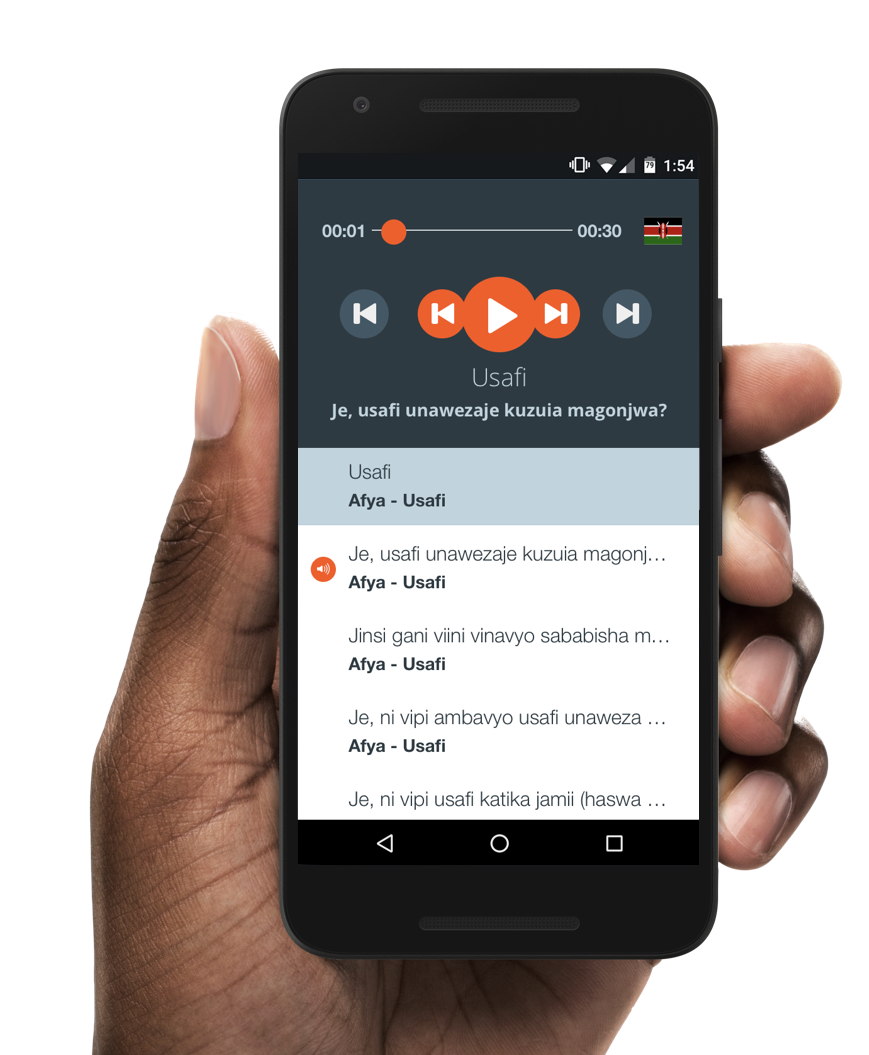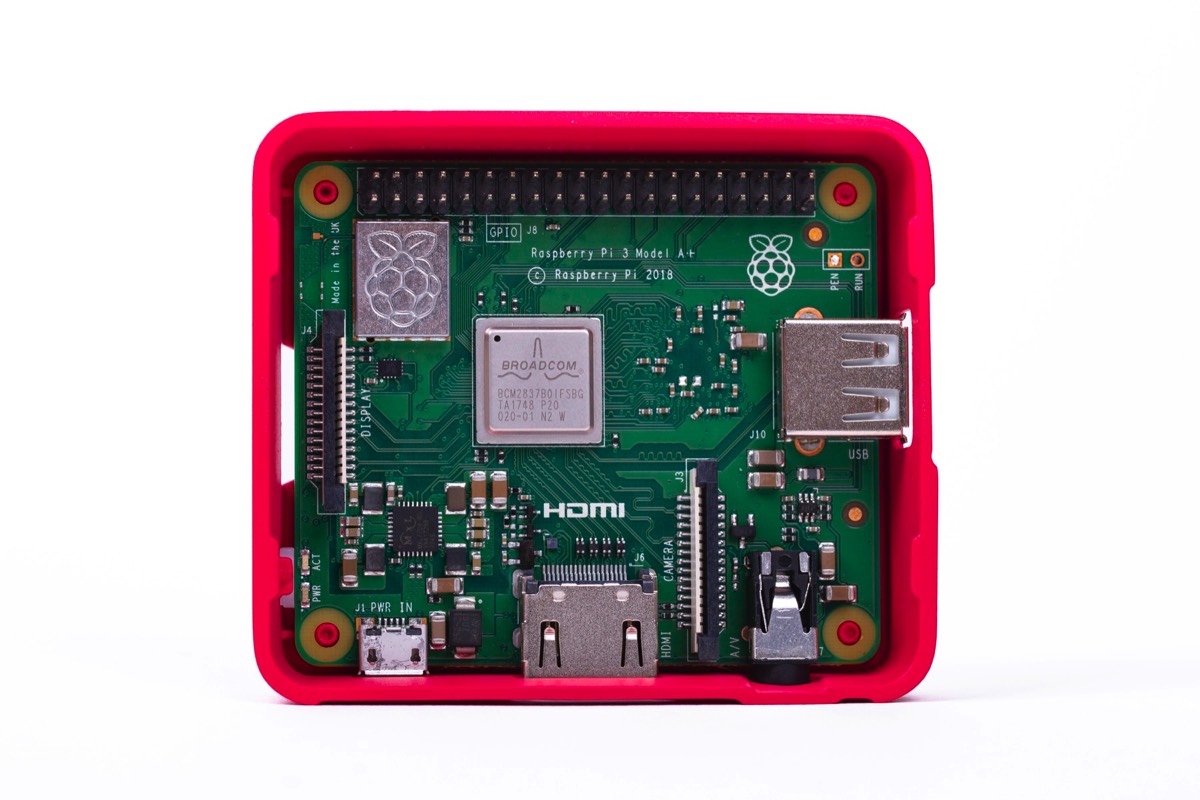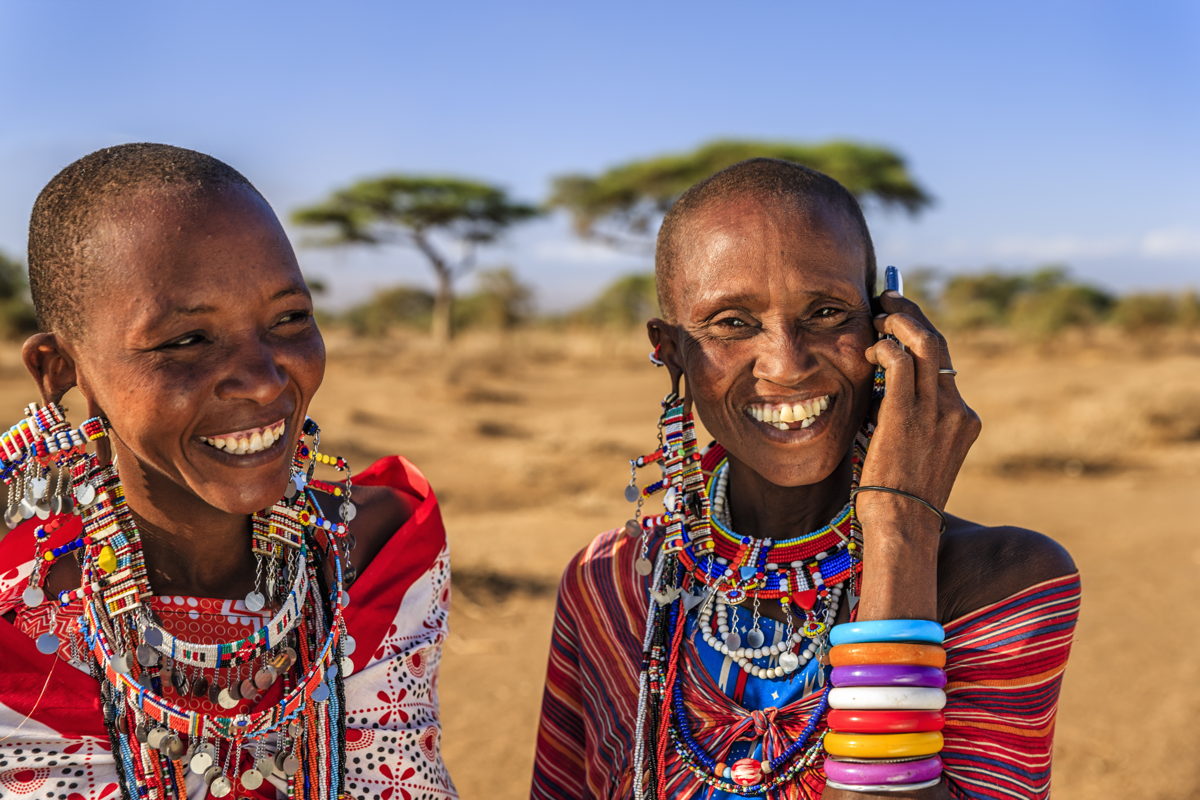Technology is revolutionizing the world by providing tools for entrepreneurship, access to education, as well as life-enhancing information. Yet women in developing countries increasingly have limited access to technology, resulting in a digital gender divide. Women face a variety of barriers to mobile access, with data costs and illiteracy topping the list. Even if a woman has a device, she may not be able to use it to its full potential.
Qwifi can solve this problem. It’s a simple, accessible and cheap technology that can provide free audiovisual content to marginalized populations. Qwifi can be used in any scenario where information and knowledge transfer is required and where parts of the target audience have access to smartphones. Qwifi serves the content by creating a local Wifi network, without the need of any internet connection and independently from the electric grid.
Qwifi is a project of URIDU, a German NGO that develops solutions to provide vital information to marginalized women in remote areas.
Qwifi can solve this problem. It’s a simple, accessible and cheap technology that can provide free audiovisual content to marginalized populations. Qwifi can be used in any scenario where information and knowledge transfer is required and where parts of the target audience have access to smartphones. Qwifi serves the content by creating a local Wifi network, without the need of any internet connection and independently from the electric grid.
Qwifi is a project of URIDU, a German NGO that develops solutions to provide vital information to marginalized women in remote areas.
As simple as Radio. Yet versatile like an App.
Qwifi is a small box that streams audio to local mobile phones using Wifi and a specially designed app user interface.

Health Education out of the Box
Qwifi comes with Audiopedia, an audio library that contains more than 400 relevant questions and answers about health, nutrition, family planning, child care and more. All contents have been developed by experts and most of them have been used in humanitarian work for more than 30 years.
The complete audio contents (12 hours of spoken text) are currently available in 7 languages: Swahili, French, Spanish, Portuguese, English, Indonesian and Chinese. More languages will follow. The Audiopedia user interface can be used both by literate and illiterate persons.
The complete audio contents (12 hours of spoken text) are currently available in 7 languages: Swahili, French, Spanish, Portuguese, English, Indonesian and Chinese. More languages will follow. The Audiopedia user interface can be used both by literate and illiterate persons.

Benefits of Qwifi
Open Access and Open Source Qwifi is using open technologies to build a growing, global community of people and organizations that use and share this new approach to close the digital gender divide. The goal is to build a global Qwifi ecosystem where partners create and share contents, concepts and ideas on a common digital platform.
Flexibility Qwifi was designed to be a simple, open and modular multi-purpose system. Both hardware and software can be easily expanded to adapt to different scenarios. The complete software can simply be copied on a USB stick in order to adapt to many different scenarios. This will enable Qwifi to be set up with other available Open Access content in the future. Think of videos, Wikipedia, interactive courses and the like.
Accessible Hardware Assembly of the Qwifi device is extremely easy and its hardware can be sourced locally in most countries for less than USD 50. Maybe you would even like to set up a social enterprise that focuses on the Qwifi product?
Qwifi Use Cases
Health Education Every 6 seconds a child under 5 dies. Most of these deaths are entirely preventable. We could save millions of lives by providing illiterate mothers in developing countries with accessible health education. Qwifi comes with Audiopedia, an audio library that contains more than 400 relevant questions and answers about health, nutrition, family planning, child care and more.
Crisis Response More than 200 million people were affected by natural disasters or displaced by conflict and violence in 2014. 50 per cent of refugees are women and girls. When crises strike, gender inequalities worsen. Gender-based violence increases, women are excluded from life-saving services and their limited mobility leads to physical insecurity. Access to healthcare is also limited, increasing mortality and malnutrition rates, particularly for mothers and infants. Under such circumstances, timely and accessible information is crucial for women in order to take care for themselves and their families.
Skills Training Access to training is a major constraint among rural people in developing countries. Training outside the formal training system is often the most important source of skills training. Unequal gender relations and traditional gender roles entail specific difficulties for rural girls and women in accessing education and training. Qwifi can provide skills training to the uneducated without limiting them by financial barriers (e.g. training and transportation costs).
India is expected to have 500 million smartphone users by 2020. Yet India has the world's largest population of illiterate people. It will take at least another 65 years to achieve female youth literacy.
The Technology
The Qwifi Box is based on the Raspberry Pi 3 Model A+, a small single-board computer developed and manufactured in the United Kingdom. It is thus relying on a proven and accessible technology that has been sold more than 20 million times worldwide. The global availability of this hardware potentially allows for a local assembly of the device in the target countries.
The Qwifi Box is powered through USB which offers a great flexibility in the field. It can be powered using a USB car charger, a USB power bank, solar power and more. Power consumption is very low. The Wifi range is up to 100 meters.
Click here to download the Qwifi technical specifications.
The Qwifi Box is powered through USB which offers a great flexibility in the field. It can be powered using a USB car charger, a USB power bank, solar power and more. Power consumption is very low. The Wifi range is up to 100 meters.
Click here to download the Qwifi technical specifications.

Get in Touch
Qwifi will officially launch on International Women's Day 2019.Please drop us a note if you're interested in learning more about Qwifi.
Auto Reply
Thank you for your recent enquiry. Someone will get back to you as soon as possible.
Kind Regards
Marcel Heyne
Marcel Heyne

